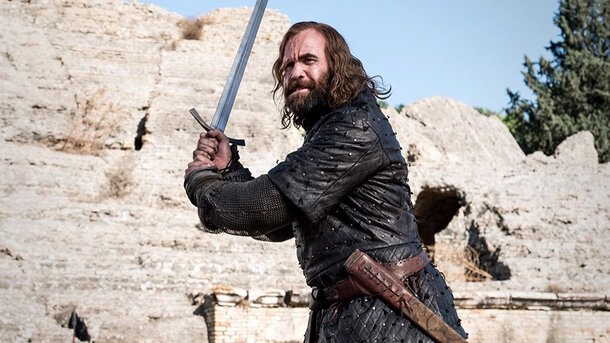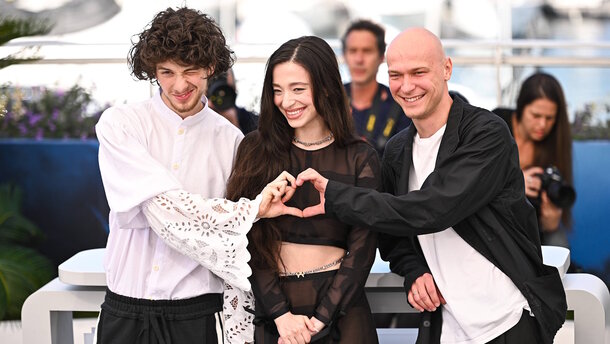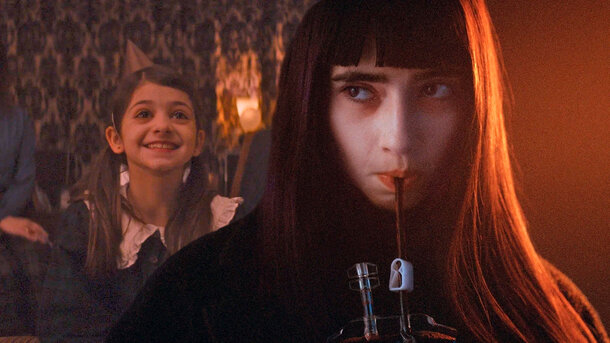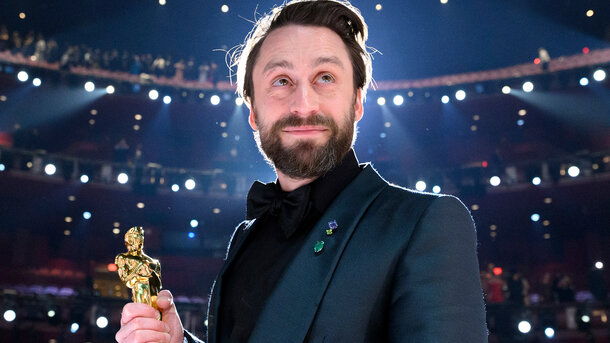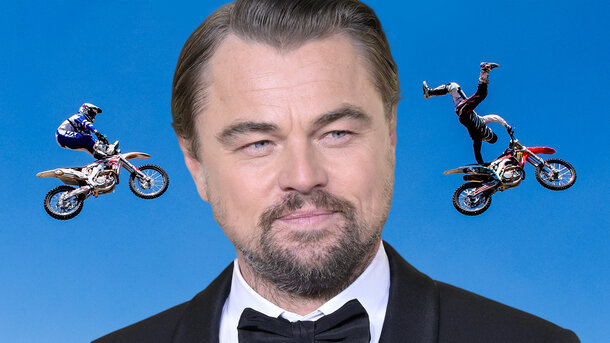While each film focuses on a different figure, they collectively delve into the personal struggles, tragedies, and societal pressures that shaped their lives.
The Foundations of the Trilogy
Larraín’s journey began with Jackie, starring Natalie Portman as Jacqueline Kennedy in the aftermath of JFK’s assassination. The film portrays Jackie grappling with grief while fiercely protecting her husband’s legacy. Asking a reporter, "When something is written down, does that make it true?" Jackie underscores the fragile intersection between media narratives and historical truth.
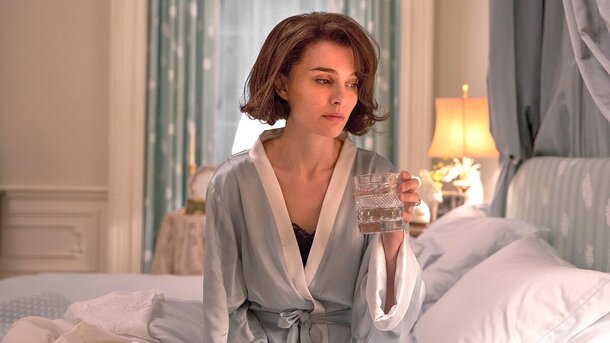
The second chapter, Spencer, narrows its focus to three days during Christmas as Princess Diana (Kristen Stewart) contemplates leaving the royal family. Immersing audiences in Diana’s emotional turmoil, the film explores her desperate fight to preserve her identity and protect her children from the pressures of royal life. The heartwarming finale, where Diana enjoys a simple meal with her sons, contrasts starkly with her tragic future, emphasizing her humanity and maternal love.
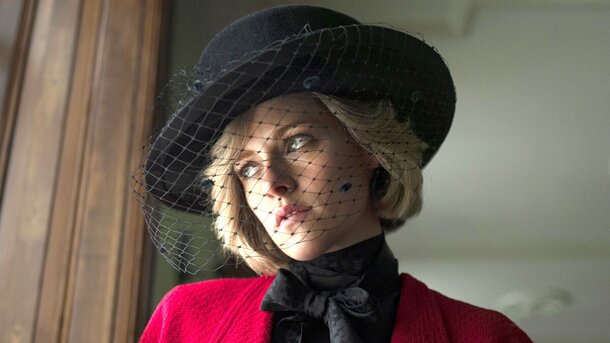
Maria Callas: The Final Subject
In Maria, Angelina Jolie brings opera legend Maria Callas to life, focusing on her final days. Callas, celebrated as 'La Divina,' faced extraordinary pressure to maintain her unparalleled voice while navigating a public life dominated by expectations. Even when she retreated from the spotlight for her relationship with Aristotle Onassis, the demand to perform never ceased, eroding her well-being.
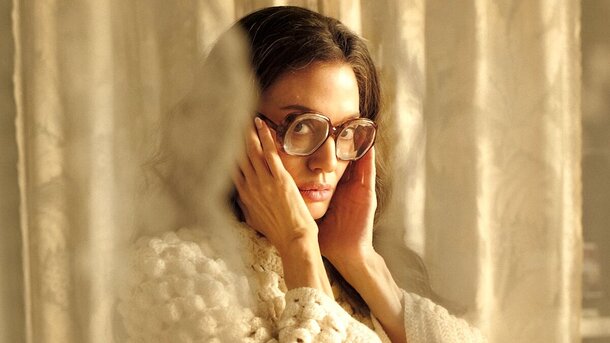
Unlike Jackie or Diana, Callas’s identity was deeply intertwined with her physical talent. Larraín highlights this tension, as Callas struggles to separate her sense of self from her voice. A pivotal scene where her butler defends her against a prying journalist echoes the themes of privacy and agency explored in Jackie and Spencer.
Connecting the Figures
Though Jackie, Diana, and Maria share privilege and public adoration, they were also victims of trauma and societal pressures. The trilogy examines how these women were maligned for asserting autonomy or failing to conform. Larraín uses the lens of history to critique the systems that constrained them, whether through royal expectations, media scrutiny, or the relentless demands of fame.
A recurring motif in Spencer and Maria is Anne Boleyn, a historical figure unjustly vilified in her time. Diana encounters a book about Boleyn in Spencer, hinting at a warning, while Maria performs the role of Boleyn in the opera 'Anna Bolena', showcasing her defiance against critics who doubted her. These parallels deepen Larraín’s commentary on how powerful women have long been punished without cause.
A Unified Vision
Larraín admits the trilogy wasn’t planned, saying, "I didn’t intend to make a trilogy. After Jackie, I thought about Diana, and then I wanted to make a film about someone I admired—Maria Callas."
Yet, a clear through-line emerges across the films, examining how these women fought to reclaim their identities despite immense challenges.
While Jackie pulls back the White House curtain, Spencer immerses viewers in the suffocating presence of judgment, and Maria celebrates Callas’s extraordinary talent even amid her struggles. The trilogy redefines these women not by their tragedies but by the enduring light they brought to the world.
Larraín’s 'Important Women' trilogy challenges audiences to look beyond sensationalized portrayals and rediscover the humanity behind the icons, celebrating their resilience in the face of darkness.



